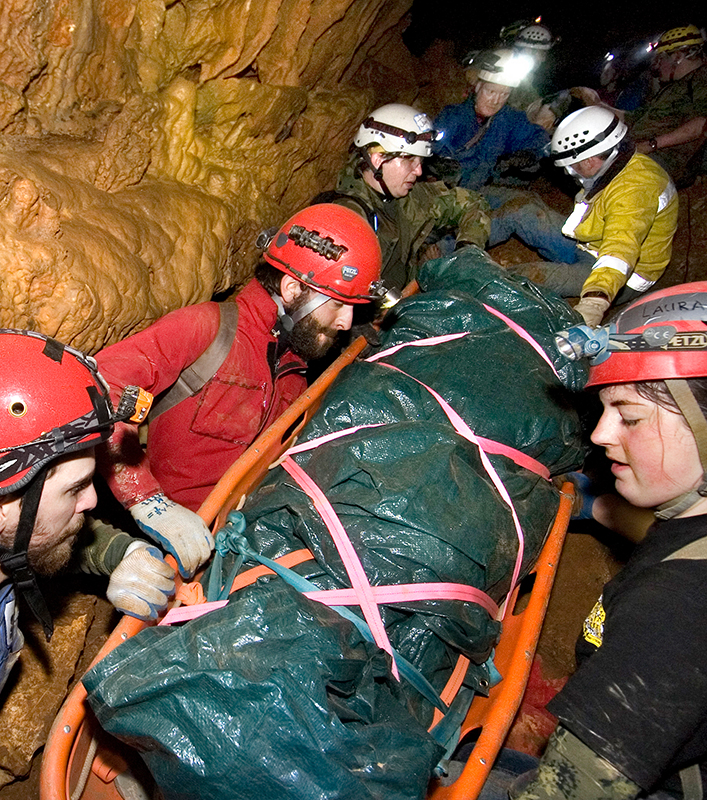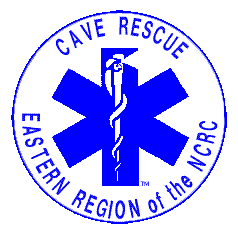WHO WE ARE
The National Cave Rescue Commission (NCRC) is a group of volunteers dedicated to train and organize cave rescue resources in the United States. The NCRC was charted by the National Speleological Society (NSS) in 1979, and is under the Department of the Administrative Vice-President of the NSS. NCRC serves as the Society’s liaison on matters of cave rescue training and operations.
The NCRC is not a cave rescue team. It is the organization that provides training and development opportunities for individuals and professional organizations who actually assist in cave rescues. The NCRC develops and maintains a national curriculum in these cave rescue operations.
The NCRC is comprised of 10 Regions — Caribbean, Central, Eastern, Northeastern, Pacific Northwest, Rocky Mountain, South Central, Southeastern, Southwestern, and Western.
The Eastern Region of the NCRC serves the following states — Delaware, Maryland, North Carolina, Pennsylvania, Virginia, and West Virginia. The Eastern Region is the largest of all the regions having approximately a third of all active cavers and over 10,000 known caves in the United States.

IN CASE OF AN EMERGENCY
RESOURCES
The journal of American Caving Accidents archives accident and safety incident reports in the North American caving community. Published annually by the National Speleological Society, it serves as an educational resource for both cavers and cave rescuers.
The United States’ National White-nose Syndrome decontamination protocol has been updated (Oct 2020) to reflect recent laboratory testing results. It is important to clean your gear to prevent spreading the fungus. All people receiving training with NCRC must abide by these decon procedures.
Have you been looking for an old Radio Shack Piezo transducer to make your own Frank Reid sound-powered Bubble Gum Phone? Well, fret no more. This downloadable document (pdf) will show you how to make your own with a suitable replacement found on Amazon in the comfort of your home.
When Underground: What to do After an Accident
So you’re on a caving trip and you or a member of your trip becomes injured. In the minutes after this happens several things must be done to insure the safety of the injured and everyone else. Read further for information every trip leader, and caver, should know.
CAVE SAFER
Let Someone Know
The NSS Guide to Responsible Caving discuses the many aspects in the sport of caving. Exploring caves is becoming increasingly popular in all areas of the world, and caving responsibly is more important now than ever. Learn about safety, training, reduce your footprint in caves, and cave owner relations.
